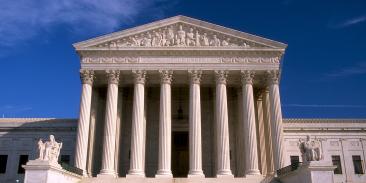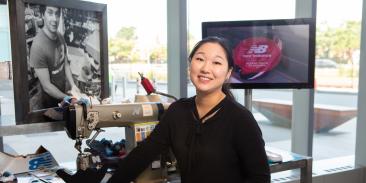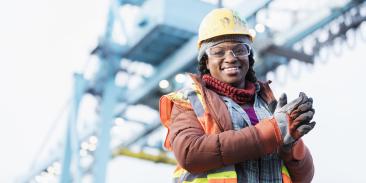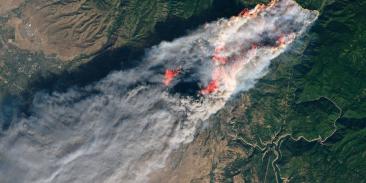Stimulus Bill Conferees Urged to Adopt Best Transportation Provisions in Senate and House Bills
FOR IMMEDIATE RELEASE
Contact:
Sean Crowley, 202-550-6524-c, scrowley@edf.org
Dan Cronin, 202-251-9549, dcronin@edf.org
(Washington
The Senate bill provides $2 billion for high-speed rail and $1.1 billion for intercity rail, including Amtrak. It also includes a $5.5 billion competitive grant program for road, transit, rail and port projects. The Senate bill also ensures that local governments would get at least 40 percent of “formula” highway funding under the Surface Transportation Program, which would ensure that transportation dollars address the most pressing local needs.
“This stimulus spending could yield benefits that will last for generations,” said Michael Replogle, a civil engineer, a member of the Federal Advisory Committee on Intelligent Transportation Systems for the U.S. Department of Transportation, and Transportation Director for Environmental Defense Fund. “The key to realizing this economic potential is for states and local governments to focus on maintaining existing road and bridges and investing in projects that will increase America
The House bill provides $12 billion in transit funding, including $2.5 billion in funding for new projects and $2 billion to modernize existing subways, light rail, and similar facilities.
“Expanding transit options and investing in smart traffic management reduce greenhouse gas emissions that cause global warming and create more jobs than building new roads,” concluded Replogle.
With more than 3 million members, Environmental Defense Fund creates transformational solutions to the most serious environmental problems. To do so, EDF links science, economics, law, and innovative private-sector partnerships to turn solutions into action. edf.org
Latest press releases
-
EDF and partners launch Wildfire Action Accelerator Pledge for more wildfire-resilient tropical regions
November 13, 2025 -
94% of agricultural finance institutions see climate change as a material risk to business
November 12, 2025 -
Statement on Brazil’s launch of the Tropical Forests Forever Facility
November 10, 2025 -
Groups Sue Administration for Targeted, Unconstitutional Cancellation of Federal Funding for Projects Expanding Clean, Affordable Energy
November 10, 2025 -
New Report: Community Partnerships Key to Expanding America's Electric Grid
November 10, 2025 -
Open coalition on compliance carbon markets adopted at Belém Climate Summit to catalyze cost-effective climate action
November 7, 2025










